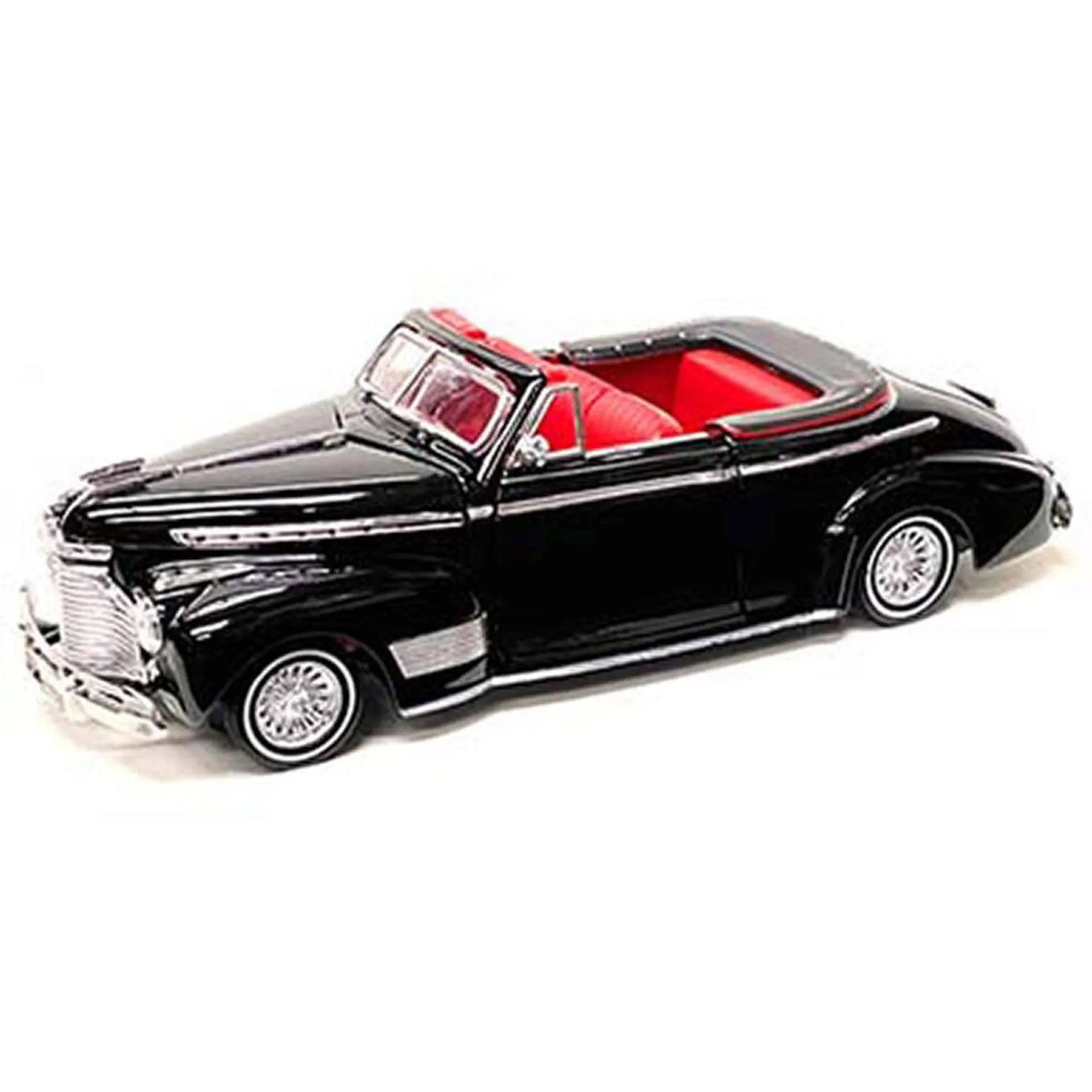The world of vintage diecast cars is a fascinating realm where nostalgia meets investment potential. These miniature marvels, once children’s toys, have transformed into highly sought-after collectibles, with some commanding impressive prices at auctions and among enthusiasts. This article serves as a comprehensive guide to help you navigate the exciting world of vintage diecast cars, providing insights on how to identify, assess, and acquire these collectible gems. Whether you are a seasoned collector or a novice looking to start your collection, this guide will equip you with the knowledge to make informed decisions and uncover hidden treasures within this captivating hobby.
What Defines a Collectible Vintage Diecast Car
Not every diecast car from the past holds significant value. Several factors contribute to making a diecast car truly collectible. These cars typically possess a combination of attributes that make them desirable among collectors. The primary driver of value is rarity; limited production runs, special editions, and those that were only available for a short period tend to be the most valuable. The model’s brand and the specific car it represents also play a crucial role; iconic brands and models, such as vintage Ferraris, Mercedes-Benz, or unique prototypes, always attract more attention. The condition of the car is another vital factor. A pristine model in its original box is generally more valuable than a damaged one.
Factors Influencing Value
Rarity and Limited Production
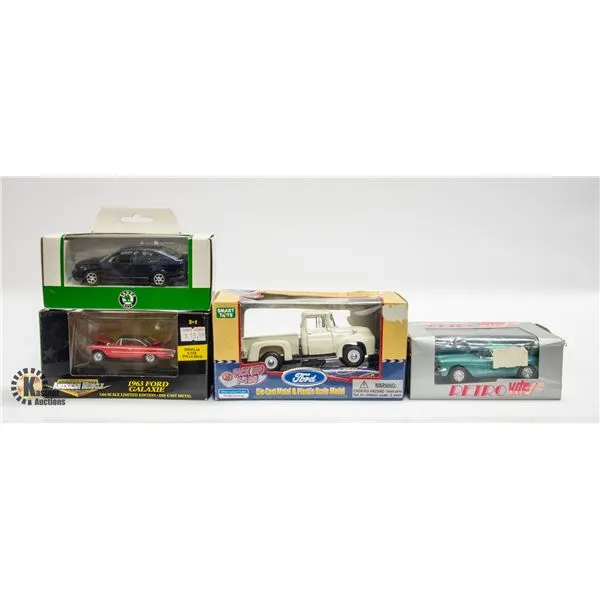
The principle of supply and demand is critical in the diecast car market. Cars produced in small quantities or for a limited time are highly prized. Limited editions, promotional models, and those manufactured during specific periods are often the most valuable. Production numbers are essential; the lower the production run, the higher the potential value. These cars may have been a special release for a specific event, a particular retailer, or to commemorate a significant occasion. Collectors are always eager to get their hands on these, making them valuable.
Brand and Model Significance
The brand and model of the diecast car significantly impact its value. Iconic brands like Dinky Toys, Corgi Toys, and Matchbox are highly respected, as are models representing classic or historically significant vehicles. Certain models, particularly those that accurately depict a famous car or were featured in popular movies or television shows, often fetch higher prices. Cars like the James Bond Aston Martin DB5 or the DeLorean from Back to the Future are examples of models that have become valuable due to their association with popular culture. Researching the brand’s history and the model’s significance can help you determine its potential value.
Condition and Restoration
The condition of the diecast car is paramount in determining its value. Collectors highly value cars in mint condition, especially those still in their original packaging (in original box). Cars with original paint, no scratches, or missing parts are more valuable than those that have been repainted or repaired. Restoration can sometimes increase the value, but only if done expertly and using original or high-quality replacement parts. Be cautious; a poorly restored car can decrease value. Before buying, carefully assess the car’s condition. Look for any signs of wear and tear or damage.
Where to Find Vintage Diecast Cars
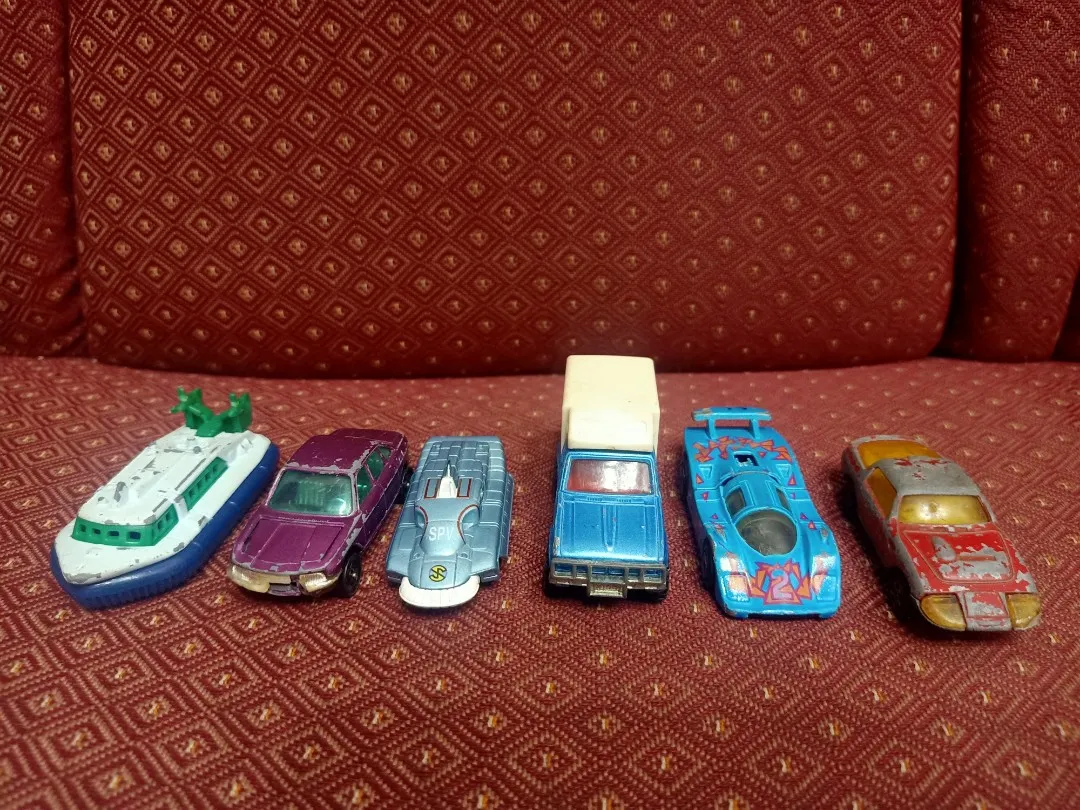
Finding vintage diecast cars requires knowing where to look. Various avenues exist, each with its advantages and disadvantages. Successful collectors often use a mix of these sources to find the best deals and rarest pieces. It’s about being patient, persistent, and willing to explore various options to discover the treasures within this hobby. By using these platforms and outlets, you will be more likely to find valuable and unique pieces to grow your collection.
Flea Markets and Antique Shops
Flea markets and antique shops are excellent places to start your search. These venues often host a variety of vendors selling vintage items, including diecast cars. They offer an opportunity to find unique pieces at potentially lower prices, though you’ll need to haggle and carefully examine the cars for authenticity and condition. Antique shops, with their curated collections, might have more valuable and well-preserved models, but prices could be higher. This approach requires more effort, but it can result in a great find. Make sure to check the items carefully before buying.
Online Marketplaces
Online marketplaces provide a convenient platform for buying and selling vintage diecast cars. Platforms like eBay, Etsy, and specialized diecast car forums offer a vast selection of cars from around the world. These sites often include detailed descriptions, photographs, and customer reviews, helping you assess a car’s condition. When using online marketplaces, it’s important to check seller feedback, ask questions, and request additional photos to ensure you get what you expect. Be aware of shipping costs and potential import duties when buying from international sellers.
Specialized Diecast Auctions
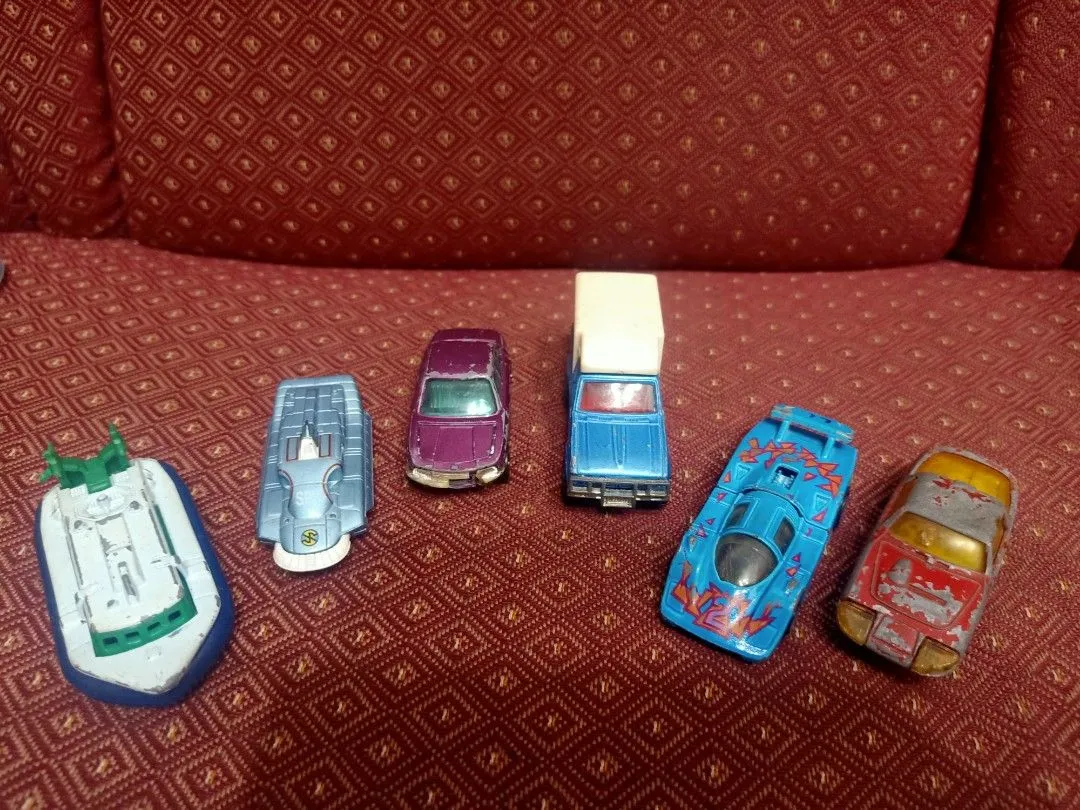
Specialized diecast auctions are a great way to find highly sought-after or rare vintage diecast cars. Auction houses often host these events, where collectors can bid on a wide range of cars. These auctions typically feature premium cars, so prices can be higher. However, you might find unique pieces not available elsewhere. Research the auction house, examine the cars, and set a budget before participating. This is a great avenue for seasoned collectors looking to expand their collections with high-value items. Many auctions are also online, so you can participate without traveling.
Identifying Collectible Gems
Identifying collectible gems involves a combination of research, authentication, and a keen eye for detail. The ability to distinguish between a genuine, valuable piece and a replica or a less desirable model is crucial for a successful collection. This section will provide you with the necessary tools and insights to accurately assess the authenticity, condition, and potential value of vintage diecast cars.
Researching and Authentication
Before buying a vintage diecast car, research the model, brand, and any specific details related to its production. Utilize online resources, books, and collector guides to understand the car’s history, rarity, and original specifications. Compare the car you’re considering with known examples, paying close attention to details like paint color, decals, and markings. Authenticating a car can involve checking the manufacturer’s markings, confirming the model’s release year, and verifying the components’ originality. Reputable dealers or experts can provide authentication services.
Checking for Originality
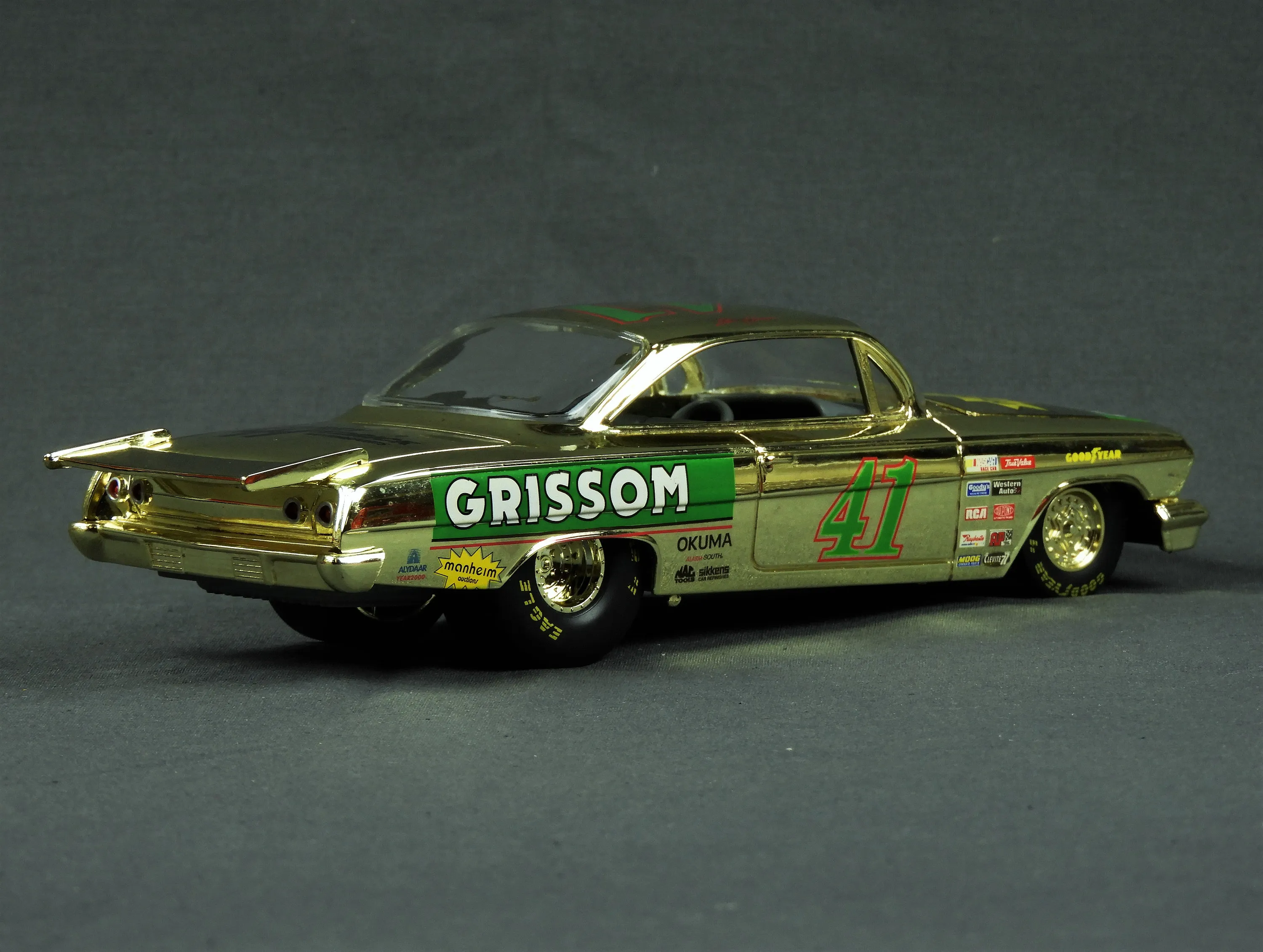
A car’s originality is critical to its value. Examine the paint, decals, wheels, and other components. Are they original to the model, or have they been replaced or repainted? Original paint is highly valued, and any signs of repainting or modifications should be carefully considered. Inspect the tires, axles, and other moving parts to ensure they are original. Look for any signs of tampering or repairs, as these can significantly impact the car’s value. Being able to identify original parts is key to maximizing your chances of finding rare items.
Assessing the Condition
The condition of a vintage diecast car is a significant factor in determining its value. Assess the car for any damage, scratches, or wear and tear. Cars in excellent condition, with minimal signs of aging, are the most valuable. Check for missing parts, such as windows, mirrors, or other accessories. Consider the presence of the original packaging; cars with original boxes, in good condition, are generally more valuable. Use a magnifying glass to examine details and assess the overall condition. The closer to its original state a car is, the better.
Maintaining and Preserving Your Collection
Once you have acquired your vintage diecast cars, proper maintenance and preservation are crucial to protect their value and ensure they remain in excellent condition for years to come. This involves employing proper storage techniques, knowing how to clean them, and understanding the importance of insurance and valuation.
Proper Storage Techniques

Storing your collection correctly can prevent damage from environmental factors. Keep your cars in a cool, dry, and dust-free environment. Avoid direct sunlight, as UV rays can fade paint and damage decals. Consider using display cases or cabinets to protect your cars from dust and accidental damage. If storing cars in boxes, ensure they are acid-free and archival quality. Regularly check your collection for any signs of deterioration or pest infestation.
Cleaning and Care Guidelines
Regularly cleaning your diecast cars will help keep them looking their best. Use a soft brush or microfiber cloth to gently remove dust and debris. Avoid using harsh chemicals or abrasive cleaners, as these can damage the paint. If necessary, use a mild soap solution and water, but ensure the car is thoroughly dried afterward. Handle your cars with clean hands to avoid transferring oils or dirt. Avoid using any strong cleaning products as you could damage the paint. The key to maintaining the condition is gentle cleaning and avoiding any risks.
Insurance and Valuation
Considering insurance coverage for your vintage diecast car collection is wise, especially if the collection has significant value. A specialized collector’s insurance policy can protect your investment against damage, theft, or loss. Document your collection by creating an inventory, including detailed descriptions, photos, and appraisals. Having your collection professionally appraised can help you determine its value for insurance purposes and in case of sale. Keep your inventory updated as your collection grows or changes. Regularly review your insurance coverage to ensure it adequately protects your collection’s current value. You should also keep records of any purchases and sales, to help with tracking the collection’s worth.
In conclusion, the world of vintage diecast cars offers a fascinating blend of history, artistry, and investment potential. By understanding the factors that determine value, knowing where to find these treasures, and learning how to identify and preserve them, you can embark on a rewarding journey. Whether you are a seasoned collector or just beginning, this comprehensive guide provides the essential knowledge to make informed decisions and enjoy the pursuit of these miniature masterpieces. Happy collecting!
